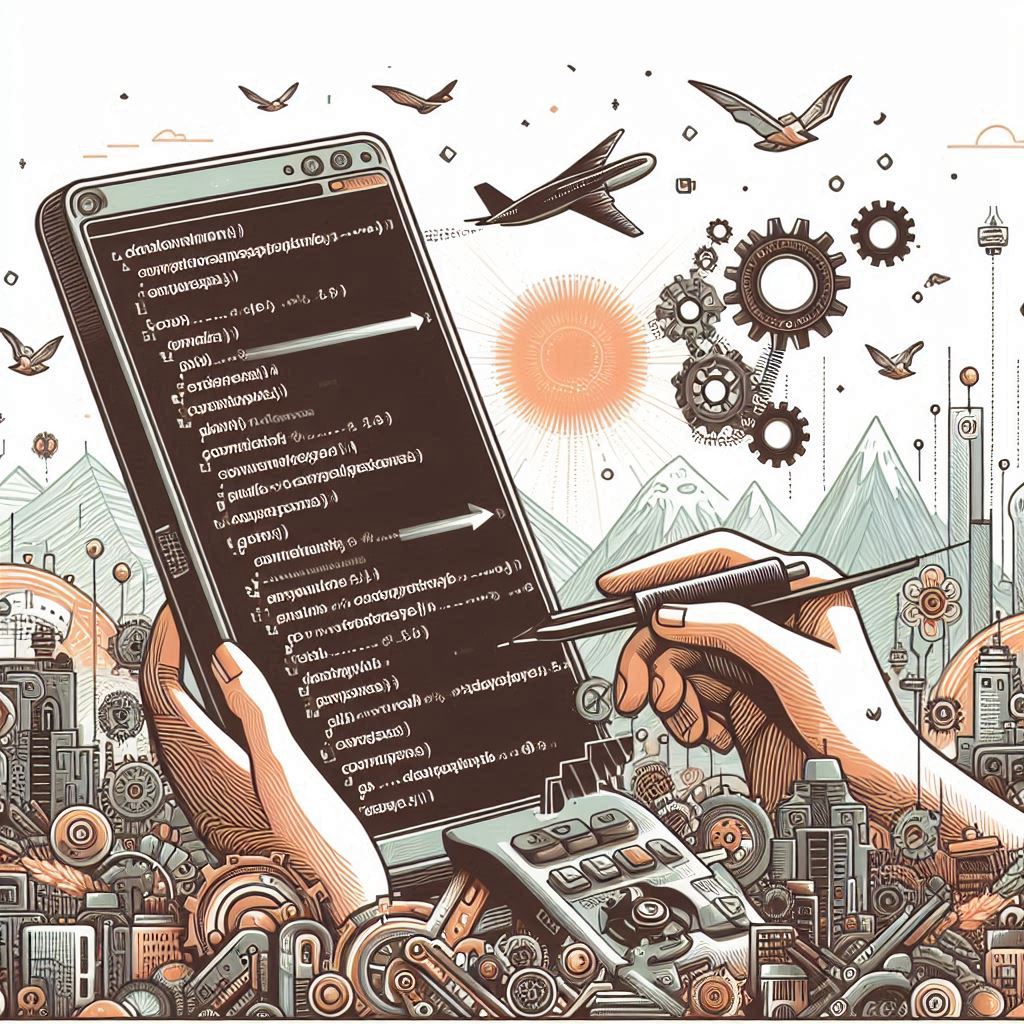Introduction
If you encounter issues in Eclipse Neon when working with a simple Maven Java project, particularly related to Java version compatibility, you can resolve these errors by configuring your pom.xml file correctly. Here’s a step-by-step guide on how to do it.
Step-by-Step Solution
- Update your
pom.xmlfile: Add the following configuration within the<build>section of yourpom.xmlfile to specify the Java version.
<build>
<plugins>
<plugin>
<groupId>org.apache.maven.plugins</groupId>
<artifactId>maven-compiler-plugin</artifactId>
<version>3.6.1</version>
<configuration>
<source>1.8</source>
<target>1.8</target>
</configuration>
</plugin>
</plugins>
</build>
- Update the Maven project in Eclipse: After updating the
pom.xml, you need to refresh the Maven project in Eclipse. Follow these steps:- Right-click on your project in the Project Explorer.
- Navigate to
Maven>Update Project. - In the dialog that appears, check the
Force Update of Snapshots/Releasesoption. - Click
OK.
This process should resolve any errors related to Java version compatibility in your project.
Alternative Configuration
If you prefer, you can use an alternative configuration for the maven-compiler-plugin by enabling the fork option. This might be helpful in specific scenarios where the default configuration doesn’t resolve your issues.
```xml
<plugin>
<groupId>org.apache.maven.plugins</groupId>
<artifactId>maven-compiler-plugin</artifactId>
<version>3.3</version>
<configuration>
<fork>true</fork>
<source>1.8</source>
<target>1.8</target>
</configuration>
</plugin>
```Conclusion
By ensuring that your Maven project is correctly configured to use Java 8, you can avoid many common compatibility issues in Eclipse Neon. This simple update to your pom.xml and a forced project update should help resolve these errors.
I hope this helps! If you have any further questions or run into additional issues, feel free to ask.
This guide provides a straightforward solution for common Maven configuration issues in Eclipse, making it easier for developers to manage their projects effectively.


